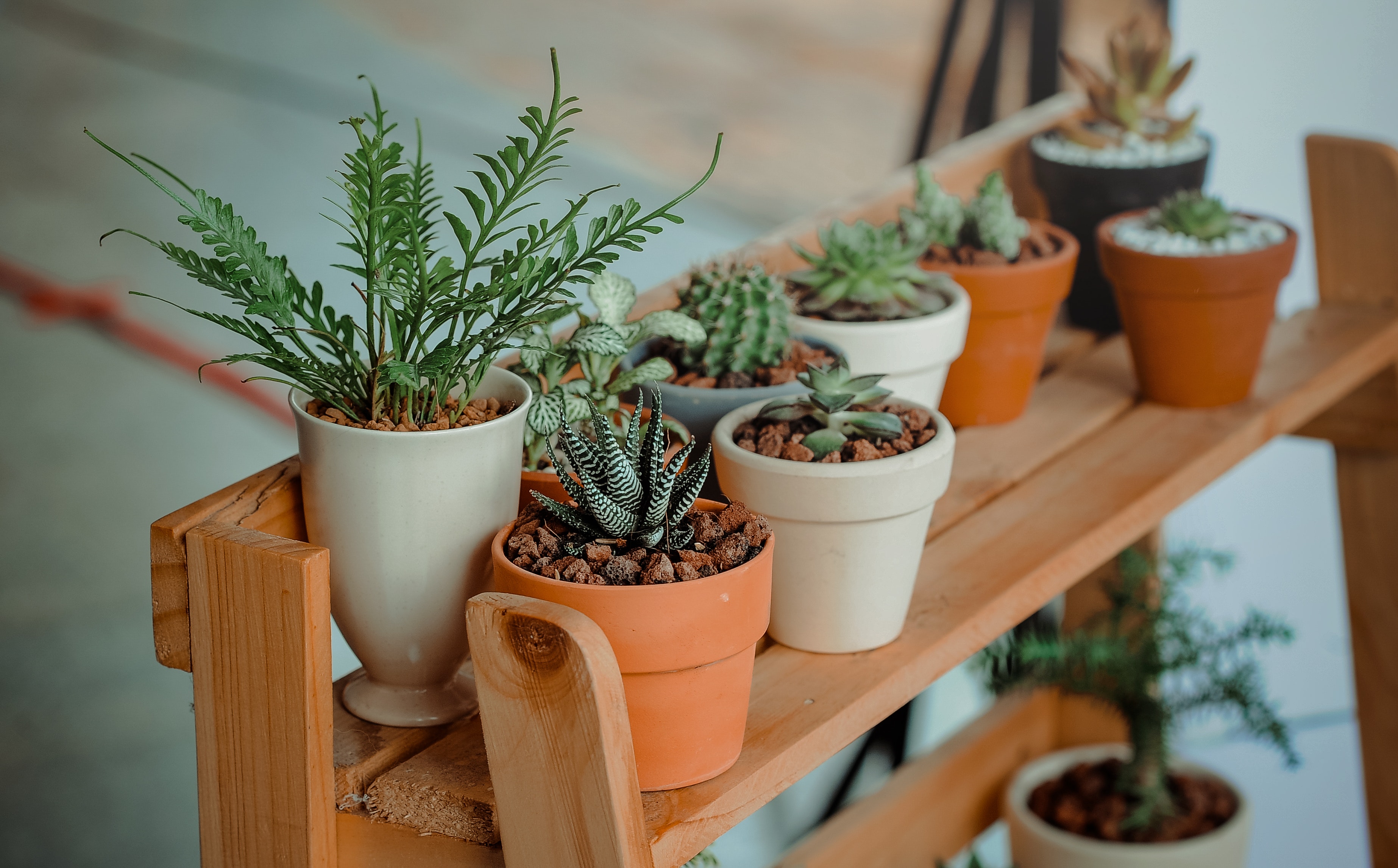
OR

Potted plants and vases of flowers are important to add life to a house. Whether it is bringing in an indoor plant to your space or sprucing up the little path of land you have by planting a few herbs and flowers, there’s a lot greens can do to liven up your home and clean the air you breathe. However, winter can be harsh on the living beings.
Though being a plant owner is definitely easier than being a pet owner, plants also require extra love and attention during the winter months. Sometimes despite your best interests you might find your plants yellowing and wilting during the cold season and not knowing why you will struggle to keep them alive and thriving. So The Week spoke to
Prabindra Maharjan, director at Kumari Flora Farm Pvt. Ltd, to find out how you can tend to your plants this season.
According to Maharjan, during winter, ornamental plants such as Dracaena, Chamaedorea, Sansevieria and Spathiphyllum (Peace Lily) can be planted indoors. These plants not only look good and make your space come alive but they are also air-purifying and will thus decrease the amount of harmful toxins in the air. Similarly, flower bearing plants such as Cyclamen, Anthurium and Saintpaulia can also work really well indoors during this season. Perfect for bedrooms and living rooms, these plants are also believed to bring in good fortune to your home, an added bonus.
“During the winter months, we should take care of the plants in slightly different ways that during other seasons,” says Maharjan. The first thing, according to Maharjan, would be to get the watering schedule right. He says you should only water your plants every week or so during winter. And this is true even when the topsoil looks dry and you are tempted to water your plants. “Over watering can kill your plants in winter,” he says adding that if your plants aren’t looking healthy these days that could probably be what’s causing it.
Maharjan also mentions that since adequate light is also important you should make sure your plants are placed in well-lit spots. For indoor plants, if you think they aren’t getting enough sunshine as they used to in the summer months, artificial lighting can be helpful. “Artificial lighting can prevent plants from yellowing and dying,” he says. According to Maharjan, plants also need extra fertilizers, calcium, and minerals during the winter season so regular fertilizing is a must.
However, during winter, plants are prone to fungus and disease that can lead to rotting of roots. Another common problem is pest and mites. A lot of pesticides are found in the market with different chemicals but you shouldn’t use the same one for all your plants. Different plants have different requirements.
“Ask your local gardener or florist and learn a little about how to use pesticides and fungicides,” says Maharjan. He further explains that due to increasing pollution alternaria fungus, powdery mildew and spot diseases have gone on to become common problems in plants. And spraying pesticides and fungicides can help nip the issue in the bud.
Another important thing is to make sure there is enough aeration. A well-aerated upper layer of soil ensures good root growth. “In pots, usually the upper part of the soil remains tight which affects its air suction process. Dig the soil every month or so. This ensures quick water flow and the roots will also get the required air and not rot,” says Maharjan.
He adds that it’s also generally better to buy plants rather than their seeds. Seeds are delicate, sensitive and expensive. Also, the soil in which you plant the seeds can be affected with a lot of virus and bacteria during seed germination and that might hamper its growth. “Getting potted plants or samplings can help you avoid the hassle of having to get the seeds to germinate which requires expert handling,” says Maharjan.
For winter months, if you want to add a little color into your homes and garden, geranium can be a good addition. This is a perennial plant that gives flowers throughout the year.
Pansy, hybrid plants whose flower comes in small and big sizes, can also be a good choice. You can buy saplings of this and plant them in six-inch deep pots. Alternatively, snapdragon that comes in various sizes, can also be planted. This plant bears a lot of attractive flowers in different shades of colors. Furthermore, petunia is a common variety of flowering plant that is available in a wide range of colors.
Maharjan’s favorite, however, is the Lisianthus, which is a Japanese species of plants resembling a rose but without thorns. “It’s highly viable in the winter months. Even when you cut the flower from the plant, it will last for at least 20 to 25 days, making the plant such a wonderful winter addition in your homes,” he concludes.
You May Like This

Russia says 60 dead, 145 injured in concert hall raid; Islamic State group claims responsibility
MOSCOW (AP) — Assailants burst into a large concert hall in Moscow on Friday and sprayed the crowd with gunfire,... Read More...

Nepal's Gunaraj Ruchal strikes gold at 19th Muay Thai World Championship
KATHMANDU, March 20: Nepal's Gunaraj Ruchal clinched gold at the 19th Muay Thai World Championship on Tuesday, marking a historic... Read More...

Russia is ready to scrap contracts of Nepalis who joined Russian Army: Foreign Minister Shrestha
KATHMANDU, March 18: Deputy Prime Minister and Foreign Minister Narayan Kaji Shrestha has said that Rto cancel the contracts with... Read More...




Just In
- NEPSE loses 3.24 points, while daily turnover inclines to Rs 2.36 billion
- Pak Embassy awards scholarships to 180 Nepali students
- President Paudel approves mobilization of army personnel for by-elections security
- Bhajang and Ilam by-elections: 69 polling stations classified as ‘highly sensitive’
- Karnali CM Kandel secures vote of confidence
- National Youth Scientists Conference to be organized in Surkhet
- Rautahat traders call for extended night market hours amid summer heat
- Resignation of JSP minister rejected in Lumbini province















Leave A Comment